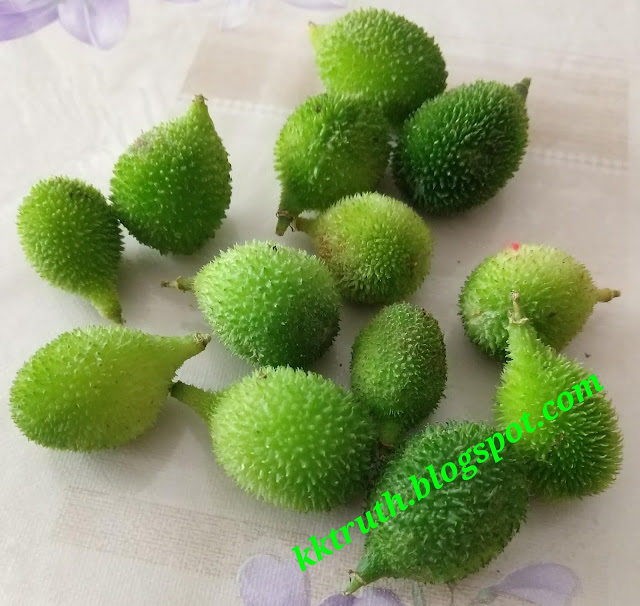Never buy a cheap geyser! I am saying this from my experience. Way back in the year 2010 when we shifted in our new home geysers were on our shopping list. But my budget for geysers was limited. In the market, I saw a geyser of Khetan company. Its name was Zolta. Khetan was a household name and making fans for a long time. I had faith in this brand, so I purchased two 25-liter Zolta geysers for bathrooms and one 3-liter geyser of another company for the kitchen. Then Zolta geysers had a price tag of about Rs 4500/-. I thought that there is no complicated mechanism in a geyser so there is no need for much research on which geysers to buy. One winter passed and there was not much trouble. The only problem was sometimes we forgot to switch it off after the use. The red indicator for full hot was not striking enough to catch our attention. The result was wastage of energy and hot water remained inside the geyser. There was no easy knob to reduce the maximum temperature. The maximum temperature could be reduced with the help of a screwdriver after opening the lower panel. The hot water started to erode the steel tank and the heating element. This resulted in troubling in next season. The water heating was not effective. One year's warranty was over. The most difficult was lack of availability of a good mechanic. If there was one he had no time in the winter season. For days we had to heat water on the gas for bathing purpose. It was not like an appliance which you can carry to a mechanic shop because taking it down from the wall itself needs a mechanic. Year by year it troubled more us in winters. The last trouble beyond the limit was in 2016 December. Fortunately, I got a good mechanic who took down both Zoltas and took them to his shop for inspection. He could repair only one and the other one was returned by him without repair because its tank was not in good condition. That was the time of Demonetization and the mechanic wanted his payment only in Rs 100 denomination or below. And that was not easily available at that time. I could pay him only after three months when the flow of notes in the market increased. So I had to purchase at least one geyser in the next winter but I was so much fed up with this brand that I decided to replace both geysers in November 2017.
This time I researched and asked some friends about it and decided to buy Havells Adonia 5 star geysers. The cost was about Rs 12000 each. Its inner tank was feroglass technology made. The maximum temperature can be changed with a knob on the front. When power is on, a blue LED full body rectangular light is visible. When the maximum temperature is reached this light changes to orange. If by chance it is fully hot and you forgot, you will never miss if you enter the bathroom. Lower the maximum temperature if you want to keep water warm throughout the day. Also, it has an elegant look.
They give 7 years warranty on inner container, 4-year warranty on the heating element and two years comprehensive warranty.
After so many years of geyser troubles, finally the year 2017 was troublefree and till now it is. Though it cost more it was worth it. Hope it will remain the same.
It is available online on Amazon. Click here for different geysers. Geysers are also available on Flipkart at this link. Havells Adonia is also available here.
They give 7 years warranty on inner container, 4-year warranty on the heating element and two years comprehensive warranty.
After so many years of geyser troubles, finally the year 2017 was troublefree and till now it is. Though it cost more it was worth it. Hope it will remain the same.
It is available online on Amazon. Click here for different geysers. Geysers are also available on Flipkart at this link. Havells Adonia is also available here.
===<<<O>>>===


















